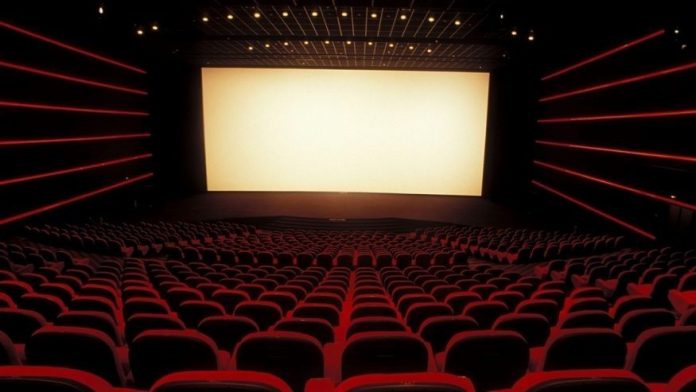We find ourselves surrounded by film enthusiasts, however, our opinions and choices may differ and vary in selection at times. Cinema is a vast form of communication and acts as an outlet to support the influential stage for small budgeted content creators and more. To limit its scope would be a shame in the face of art, but our films are diverse and they contently divide themselves into categories. Based on their languages, target audience and means of production, it bifurcates the huge cinema produced each year that only grows large by the day, due to easy popularisation and demand in the community. Evergrowing mainstream cinema, or what we call ‘Bollywood’ is catering to the majorly Hindi, and sometimes bilingually combined with other languages, to represent different classes, representations, social practices and cultures that are prevalent. However, not just bound to the language, they appear to be targeting the entire nation, opposite the usually specific cinema of regional languages. In this discussion of regional versus mainstream, we delimit ourselves on the form of art and understand the widening forms of creation, deleting out web content and targeting particularly the videography, produced for the big screens.
Indian Cinema is partitioned into three major segments: Bollywood, regional and art cinema. When we begin to understand the specific differences amongst the first two categories, it becomes plain simple that language acts as the major difference, however it goes beyond those limits. Regional cinemas become the outlet to the specific communities to create a brilliant canon of films for their own language and culture. Major houses of production at the present day are parts of Punjabi, Kannada, Bengali, Tamil and Telugu languages. They can at times focus on the entirety of the community, in a nation so wide and diverse in different cultures and present their own identity to form perspective.
Many people are unaware of this form of representation and often, fall prey not to explore regional cinema and understand its genre. What must be noticed by the film enthusiasts is that the majority of talented individuals require to start out, but not everybody can step out and enter the mainstream form of Indian cinema and thus, regional cinema again becomes an opportunity to start and work with. However, it does not mean it is easier to perform or work for regional cinema productions. Regional cinema is surely a major contributor to mainstream cinema as once recognized, the creators and members of it, do aim to reach a wider audience and, unfortunately, that is bound to be attracted in the mainstream. Great actors and even musicians like A.R Rahman moved to Bollywood to create a wide range for their productions and talents.
Even with such popularity, Bollywood has its own share of positive and negative remarks. What it lacks and regional cinema has is the complete freedom to experiment. Being part of such a great community, sometimes it becomes tough for creators to try and experiment, since the likeability as a factor is important. Actor Richa Chadha once agreed that doing a film like Fukrey would fear her, but not Masaan since the expectations are low. And she created such a comparison among the films, specific to Bollywood only on the base of their themes and reach. Hence, the talk with regional and Bollywood raises more on stakes. It can also be the reason behind the re-production of famous regional films into mainstream cinema, as they have already been tested and succeeded in a part of the community and succeeded. Examples are films like Sairat from Marathi Cinema and Arjun Reddy from Telugu productions, which are taken into space as Dhadak and Kabir Singh in Bollywood.
The differences may not be uncountable, but the accountability raises for both cinemas when they produce any film, which reflects on their independent existence and importance. Language does not, however, always pull them apart. Hindi-speaking people who would want to watch a Telugu language film are always able to find a dubbed version, and that is a reach into the future to bring the two closer and continue to rise into the world cinema. However, we can never pin down differences, the two cinemas become relevant to the entire nation, on appreciation and critical study of art forms.





























